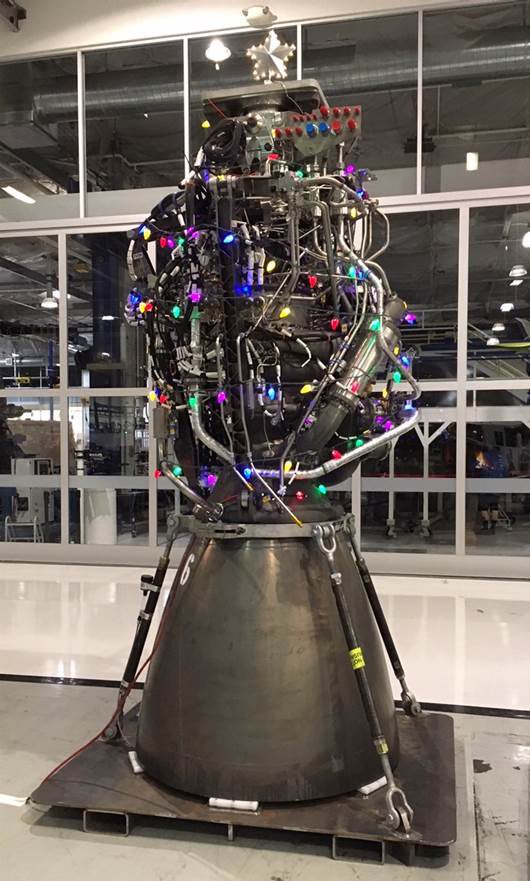
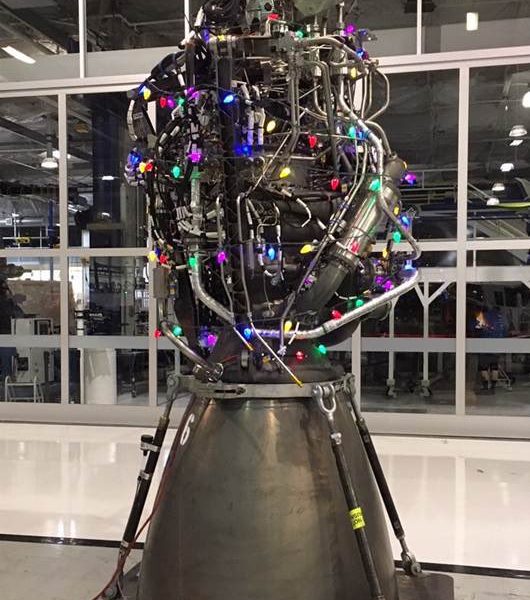
News
SpaceX's "Christmas tree" is a Raptor engine for the holidays
SpaceX CEO Elon Musk showed off a holiday-themed Raptor engine “Christmas tree” with its very own star on top. Musk noted via a tweet that the company’s Starship propulsion team is “making great progress” building, testing, and refining the Raptor engines that will one day propel the next-generation rocket to Earth orbit and beyond.
On December 13th, Musk revealed that SpaceX is preparing to ship the 17th completed Raptor engine to the company’s McGregor, Texas rocket test and development facilities, the site of several dedicated test stands for the Starship engine. Likely one of the most complex rocket engines ever designed, built, or tested, Raptor relies on an exotic combustion cycle, referring to the specifics of how engines turn their propellant into meaningful thrust.
Raptor uses what is known as full-flow staged combustion (FFSC) and is the first FFSC engine to graduate beyond ground testing and actually fly, thus far having completed two flight tests in July and August 2019 as part of SpaceX’s Starhopper test campaign. In simple terms, the FFSC cycle aims to extract as much energy from a rocket’s propellant as efficiently as possible, resulting in what is theoretically the most efficient possible chemical propulsion from a given fuel and oxidizer combination.
Due to the sheer complexity required to achieve full-flow staged combustion, the engine type is incredibly rare and only two other (once) functional examples exist – one developed by Soviet engineers in the 20th century and the other built, tested, and inexplicably scrapped by NASA in the 2000s. In fact, the Soviet RD-270 engine’s thrust-to-weight ratio is likely second only to SpaceX’s own Merlin 1D engine, an absolutely spectacular achievement for a propulsion bureau operating in the late 1960s.
RD-270 had major development challenges and would likely have taken years of additional hardware-rich (i.e. destructive trial and error) testing to produce an engine actually capable of reliable flight. Before the program was cancelled in 1970, 22 engines were tested and no single RD-270 survived to perform a fourth static fire, a testament to the immense challenge of FFSC engines.
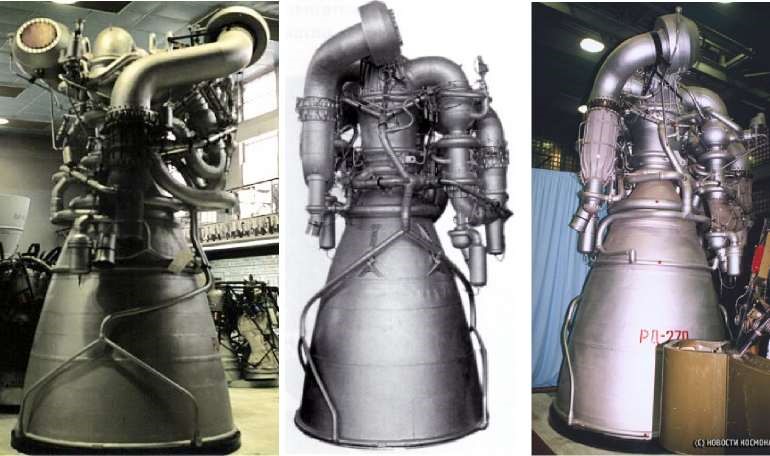
SpaceX appears to have had a much better go of it with Raptor, although many, many engines have definitely been destroyed or irreparably damaged since the full-scale engine’s February 2019 static fire debut. SpaceX CEO Elon Musk says that the 17th completed Raptor engine is almost ready to head to McGregor, Texas to kick off development and acceptance testing.
It remains to be seen when exactly Raptor engines will be mature and reliable enough to perform the 3-10 minute burns needed to send a Starship to orbit, let alone the Moon or Mars, but Musk appears confident that SpaceX is making great progress along those lines.
Per photos and info posted by NASASpaceflight.com earlier today, Raptor engine SN15 is already installed on a recently-reactivated McGregor test stand ahead of its first rocket-related test in almost half a decade.
Formerly used to test Falcon 9 first stages before SpaceX built a new stand for Falcon 9 and Heavy, that tripod stand has been reactivated for the sole purpose of supporting vertical Raptor engine static fire testing, which Musk says will simplify and expedite development by making test conditions much more flight-like. As of now, all subscale and full-scale Raptor engine static fire testing has been performed at horizontal test stands in McGregor, apparently resulting in wear and behavior that would not likely appear if engines were tested vertically.
SpaceX has gone through the same process with its Merlin engine programs, beginning with horizontal testing (far easier and simpler) but ultimately building a number of dedicated vertical test bays to ensure that engine acceptance and development tests can be performed under more flight-like conditions.
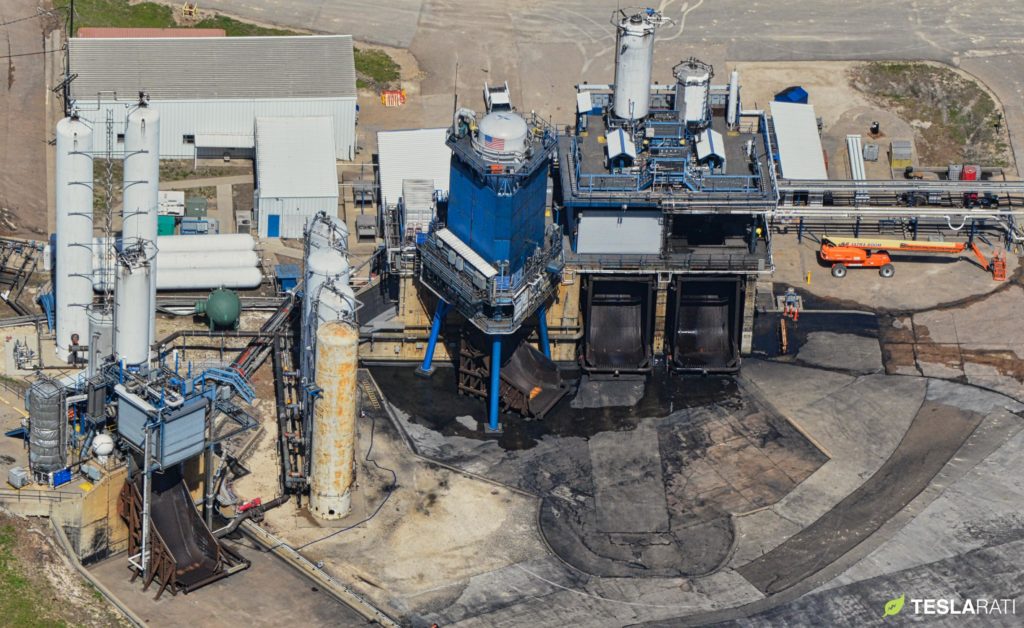
According to NASASpaceflight, SpaceX may have already fired up Raptor SN15 on its reactivated tripod test stand earlier this week, kicking off Raptor’s first Starhopper-free vertical static fire testing. It’s now unclear where the twin horizontal Raptor test bays will fit into future engine testing given Musk’s comments. More importantly, every completed Starship and Super Heavy rocket will require several dozen new Raptor engines and every one of those engines will likely need to pass acceptance testing (including static fires) in McGregor before they can be installed on a launch vehicle.
SpaceX’s Falcon 9 rocket already requires 10 engines per new booster and upper stage, a test burden SpaceX has only managed with the help of two Merlin 1D stands and one Merlin Vacuum stand, all vertical. In other words, it’s safe to say that the reactivated tripod stand is likely just the first of several vertical Raptor test stands to come.

Check out Teslarati’s Marketplace! We offer Tesla accessories, including for the Tesla Cybertruck and Tesla Model 3.

News
Tesla aims to combat common Full Self-Driving problem with new patent
Tesla writes in the patent that its autonomous and semi-autonomous vehicles are heavily reliant on camera systems to navigate and interact with their environment.
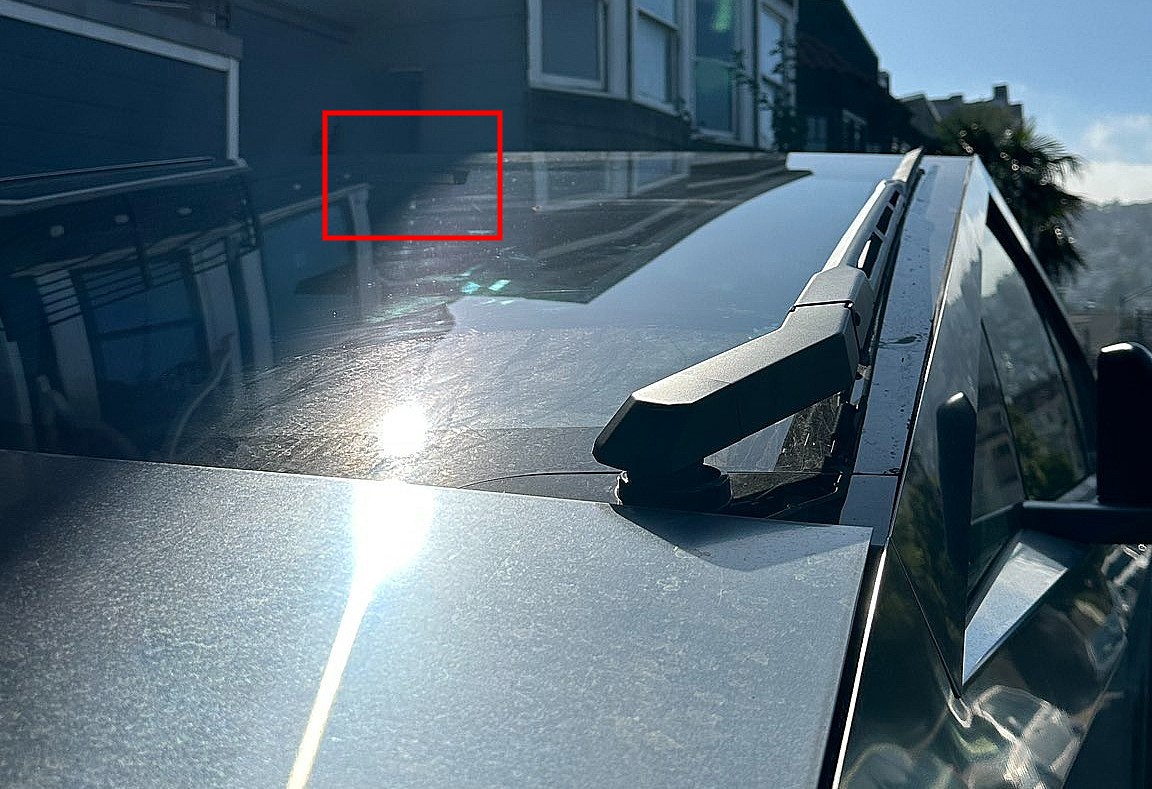
Tesla is aiming to combat a common Full Self-Driving problem with a new patent.
One issue with Tesla’s vision-based approach is that sunlight glare can become a troublesome element of everyday travel. Full Self-Driving is certainly an amazing technology, but there are still things Tesla is aiming to figure out with its development.
Unfortunately, it is extremely difficult to get around this issue, and even humans need ways to combat it when they’re driving, as we commonly use sunglasses or sun visors to give us better visibility.
Cameras obviously do not have these ways to fight sunglare, but a new patent Tesla recently had published aims to fight this through a “glare shield.”
Tesla writes in the patent that its autonomous and semi-autonomous vehicles are heavily reliant on camera systems to navigate and interact with their environment.

The ability to see surroundings is crucial for accurate performance, and glare is one element of interference that has yet to be confronted.
Tesla described the patent, which will utilize “a textured surface composed of an array of micro-cones, or cone-shaped formations, which serve to scatter incident light in various directions, thereby reducing glare and improving camera vision.”

The patent was first spotted by Not a Tesla App.
The design of the micro-cones is the first element of the puzzle to fight the excess glare. The patent says they are “optimized in size, angle, and orientation to minimize Total Hemispherical Reflectance (THR) and reflection penalty, enhancing the camera’s ability to accurately interpret visual data.”
Additionally, there is an electromechanical system for dynamic orientation adjustment, which will allow the micro-cones to move based on the angle of external light sources.
This is not the only thing Tesla is mulling to resolve issues with sunlight glare, as it has also worked on two other ways to combat the problem. One thing the company has discussed is a direct photon count.
CEO Elon Musk said during the Q2 Earnings Call:
“We use an approach which is direct photon count. When you see a processed image, so the image that goes from the sort of photon counter — the silicon photon counter — that then goes through a digital signal processor or image signal processor, that’s normally what happens. And then the image that you see looks all washed out, because if you point the camera at the sun, the post-processing of the photon counting washes things out.”
Future Hardware iterations, like Hardware 5 and Hardware 6, could also integrate better solutions for the sunglare issue, such as neutral density filters or heated lenses, aiming to solve glare more effectively.
Elon Musk
Delaware Supreme Court reinstates Elon Musk’s 2018 Tesla CEO pay package
The unanimous decision criticized the prior total rescission as “improper and inequitable,” arguing that it left Musk uncompensated for six years of transformative leadership at Tesla.

The Delaware Supreme Court has overturned a lower court ruling, reinstating Elon Musk’s 2018 compensation package originally valued at $56 billion but now worth approximately $139 billion due to Tesla’s soaring stock price.
The unanimous decision criticized the prior total rescission as “improper and inequitable,” arguing that it left Musk uncompensated for six years of transformative leadership at Tesla. Musk quickly celebrated the outcome on X, stating that he felt “vindicated.” He also shared his gratitude to TSLA shareholders.
Delaware Supreme Court makes a decision
In a 49-page ruling Friday, the Delaware Supreme Court reversed Chancellor Kathaleen McCormick’s 2024 decision that voided the 2018 package over alleged board conflicts and inadequate shareholder disclosures. The high court acknowledged varying views on liability but agreed rescission was excessive, stating it “leaves Musk uncompensated for his time and efforts over a period of six years.”
The 2018 plan granted Musk options on about 304 million shares upon hitting aggressive milestones, all of which were achieved ahead of time. Shareholders overwhelmingly approved it initially in 2018 and ratified it once again in 2024 after the Delaware lower court struck it down. The case against Musk’s 2018 pay package was filed by plaintiff Richard Tornetta, who held just nine shares when the compensation plan was approved.
A hard-fought victory
As noted in a Reuters report, Tesla’s win avoids a potential $26 billion earnings hit from replacing the award at current prices. Tesla, now Texas-incorporated, had hedged with interim plans, including a November 2025 shareholder-approved package potentially worth $878 billion tied to Robotaxi and Optimus goals and other extremely aggressive operational milestones.
The saga surrounding Elon Musk’s 2018 pay package ultimately damaged Delaware’s corporate appeal, prompting a number of high-profile firms, such as Dropbox, Roblox, Trade Desk, and Coinbase, to follow Tesla’s exodus out of the state. What added more fuel to the issue was the fact that Tornetta’s legal team, following the lower court’s 2024 decision, demanded a fee request of more than $5.1 billion worth of TSLA stock, which was equal to an hourly rate of over $200,000.
Delaware Supreme Court Elon Musk 2018 Pay Package by Simon Alvarez
News
Tesla Cybercab tests are going on overdrive with production-ready units
Tesla is ramping its real-world tests of the Cybercab, with multiple sightings of the vehicle being reported across social media this week.

Tesla is ramping its real-world tests of the Cybercab, with multiple sightings of the autonomous two-seater being reported across social media this week. Based on videos of the vehicle that have been shared online, it appears that Cybercab tests are underway across multiple states.
Recent Cybercab sightings
Reports of Cybercab tests have ramped this week, with a vehicle that looked like a production-ready prototype being spotted at Apple’s Visitor Center in California. The vehicle in this sighting was interesting as it was equipped with a steering wheel. The vehicle also featured some changes to the design of its brake lights.
The Cybercab was also filmed testing at the Fremont factory’s test track, which also seemed to involve a vehicle that looked production-ready. This also seemed to be the case for a Cybercab that was spotted in Austin, Texas, which happened to be undergoing real-world tests. Overall, these sightings suggest that Cybercab testing is fully underway, and the vehicle is really moving towards production.
Production design all but finalized?
Recently, a near-production-ready Cybercab was showcased at Tesla’s Santana Row showroom in San Jose. The vehicle was equipped with frameless windows, dual windshield wipers, powered butterfly door struts, an extended front splitter, an updated lightbar, new wheel covers, and a license plate bracket. Interior updates include redesigned dash/door panels, refined seats with center cupholders, updated carpet, and what appeared to be improved legroom.
There seems to be a pretty good chance that the Cybercab’s design has been all but finalized, at least considering Elon Musk’s comments at the 2025 Annual Shareholder Meeting. During the event, Musk confirmed that the vehicle will enter production around April 2026, and its production targets will be quite ambitious.








